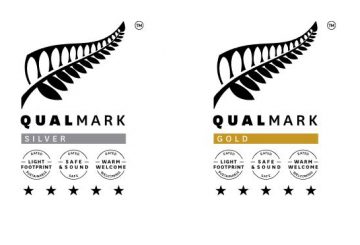2017年,东桥公司签订合同,为位于新西兰东丰盛湾地区的奥波蒂基区议会寻找潜在的姐妹城市合作伙伴。该公司咨询了三个东部丰盛湾理事会,在分析了一系列与兼容性相关的标准后,确定了12个选项,其中江西省被选为最合适的选项。
东丰盛湾和江西有很多相似之处,包括以园艺、农业、水产养殖、林业和旅游业为基础的类似经济体,以及丰富多元的文化认同和支持性地方政府。从地理上讲,这两个地区都拥有大量森林,有重要的河流和湖泊,并且位于地热区。此外,丰盛湾东部和江西的人们也喜欢类似的户外活动。
丰盛湾地区委员会与江西省政府之间的姐妹城市关系于2019年正式确定,奥波蒂基与新余市签约,华卡塔内与抚州市签约,Kawerau与鹰潭市签约。确定了各种项目供双方考虑,并设立了50万美元的基金,用于资助江西和丰盛湾人民之间的双向奖学金和交流。南昌的丰盛湾中心也正式开放,以支持丰盛湾组织在江西省举办活动和活动。
尽管出现了 COVID-19 疫情,但这两个地区仍通过在线学校和社区团体交流保持联系,这凸显了姐妹城市在维持国际关系中的重要性。总体而言,姐妹城市为社区提供了宝贵的机会,可以分享他们的文化、想法和经验,同时建立有意义的联系并促进全球合作。
关于江西
江西省位于中国东南部,以其丰富的历史、美丽的风景和多元的文化而闻名。该省历史悠久,可以追溯到远古时代,有许多历史遗迹和遗迹,例如井冈山和平遥古城
。
江西人口约为4600万,混合了汉族和少数民族,包括掸族、客家族和苗族。
江西拥有各种令人惊叹的自然环境,从中国最大的淡水湖鄱阳湖到高耸的武夷山。该省在保护环境和改善水资源管理方面做出了巨大努力,采取了 “海绵城市” 等举措,以改善保水和减少洪水。
江西的经济多元化,园艺、林业、旅游业和淡水水产养殖是主要产业。该省拥有丰富的农业遗产,茶叶、水稻和橙子是主要农作物。此外,江西是铜和钨等有色金属的主要生产国
。
该省也是充满活力的旅游业的发源地,其景点包括被联合国教科文组织列为世界遗产的三清山国家公园和庐山国家公园。
在文化方面,江西以瓷器、剪纸和刺绣等传统工艺而闻名。该省还举办了许多节日和庆祝活动,包括甘南少林功夫节和五原花节
。


















































